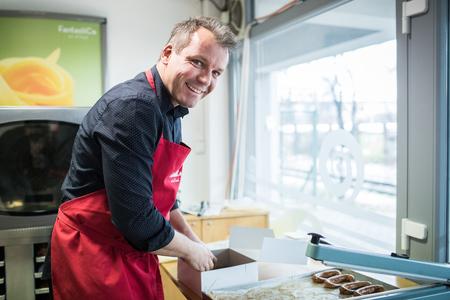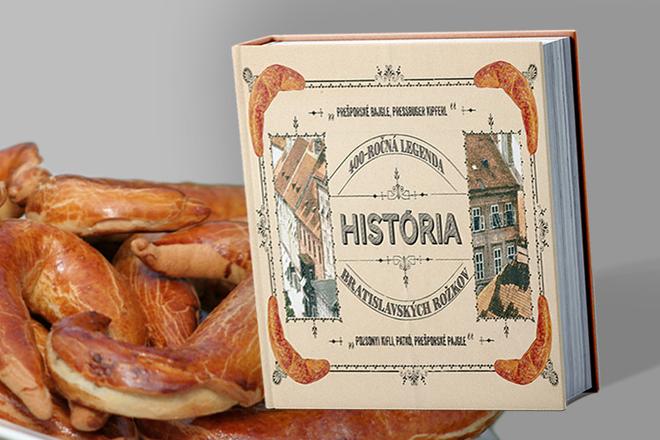Lisboans have pastel de nata, the Viennese have Sacher torte and Bratislava has its rolls, with either poppy seed or walnut filling. While the origin of this local pastry, which dates back to the 16th century, is not completely clear and shrouded in legend, its legacy continues. After a break during the communist regime, when the delicacy as well as its bakers disappeared from the city, the fall of the regime brought a renaissance.
In 2012, Bratislava rolls were granted one of Slovakia’s Traditional Speciality Guaranteed (TGS) trademarks and are today again on offer in cafés and patisseries across the Slovak capital. Credit for their resurgence goes to master baker Vojtech Szemes (1934-2019). He not only launched a competition for the most beautiful Bratislava roll in 2007, but also taught a number of bakers the art of baking genuine Bratislava rolls.
What to read in this article
-the 400-year old history of the Bratislava rolls
-whether the legend of the rolls is true
-recipe for Bratislava rolls
The Bratislavské Rožky civic association, a local-patriotic organisation dedicated to Bratislava’s history, even chose the legendary pastry for its name. Founded in 2010, they started to work on a book about the rolls in 2012. It has taken them 12 years to complete and publish the work. The launch of the book, dedicated to Szemes as the saviour of the Bratislava rolls, took place in late November this year.

“We considered it almost our duty to offer such a publication to the public,” said Peter Janoviček, one of the authors.


 The book covers the 400-year-plus history of Bratislava rolls. (source: Bratislavské Rožky)
The book covers the 400-year-plus history of Bratislava rolls. (source: Bratislavské Rožky)